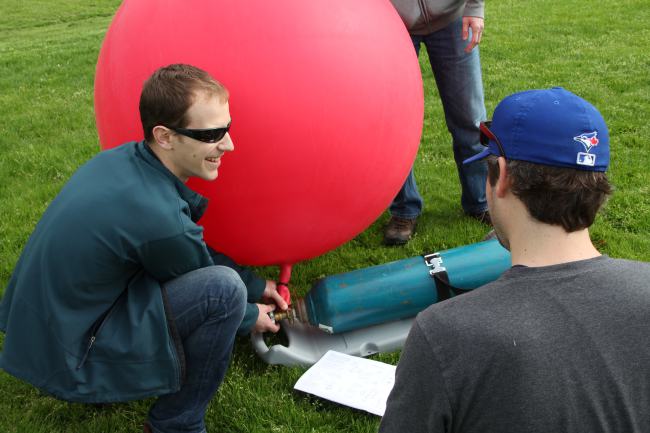By Suthee Sangiambut
The conversation around open data is most commonly found at the city level. Ian Parfitt, GIS instructor and Coordinator of Selkirk College’s Selkirk Geospatial Research Centre, has a project looking at open data for rural communities. Parfitt’s past challenges in gaining access to data led to his project, which is helping to develop open data for planning in rural British Columbia. In an interview, Parfitt talked about issues of scale at both demand and supply sides for open data in the region stating that, “in the smaller communities, even digitisation is an issue. Some small communities still use paper maps.” Regarding the digital divide, internet connectivity in rural Canada lags behind larger urban centres, but it is unclear whether the pool of skills to draw upon is smaller than in cities says Parfitt. However, he noted that “if there is a divide in skills amongst users, that is likely to change.” The province of British Columbia is in the process of making programming an integral part of the school curriculum while initiatives such as CODE BC, supported by the provincial government, connect teachers with teaching material. Parfitt also notes that rural tech communities, such as in Nelson, BC are continuing to grow.
Some of the disparities between urban and rural data collection are due to population – larger population centres with more institutions and infrastructure simply produce more data. With economies of scale and an economic stimulus, it makes sense to have real-time data collection and analysis. Cities are also host to more consumers of data of all kinds. Parfitt says that it is “all about scale. Since federal institutions are interested in data they can roll out nationwide, and local governments focus on their own scales, rural areas tend to get left behind. At the same time, national and sub-national decision makers tend to be quite far away.”
Without the resources of federal government or a large municipality, rural areas face relatively high, and potentially unjustifiable costs when it comes to geospatial data collection and analysis. However, for Parfitt, rural data collection is more than just a cost issue. While he agreed that “centralization would help in certain cases”, particularly when it comes to the work on data standards of his own research group, Parfitt also emphasised that empowerment and autonomy are important to keep decision-making local. This ensures that “data serves some purpose and that those purposes are determined locally.” This, he admits, can be difficult when rural governments produce data in collaboration with other levels of government. The needs of rural communities can also be very different from urban communities such as risks of natural hazards, “we live in a mountainous area with big lakes. The transportation system is fragile. When only one road goes along the lake, a single fire or landslide could isolate the community.” For this reason, Parfitt’s research group is focusing on open data for planning around natural hazards.
Putting open data into the regional context, Dr. Jon Corbett (Geothink co-applicant, University of British Columbia Okanagan) says it is “completely different usership. Often, data has not been collected and archived because the needs for up-to-date information are not the same as in cities.” Therefore, rural data tends to be more static. However, Corbett continued, “this does not mean that legislators aren’t still subject to the same demands and requirements for participation, engagement, and informed decision-making.”
The effects of data release may also be different in rural areas says Corbett, “industry around land, such as resource extraction, use data often created and curated by government. If that data is made available, it would be good. On the other hand, look at issues around pipelines and dams. If we made that data available, it could even have adverse effects. Data for countermapping is a good idea, but sometimes that process can be appropriated by all kinds of groups, particularly those already in power.” Corbett highlighted that rural open data brings up even more issues of contention when put in context with First Nations, who need access to data to support land claims and review resource extraction proposals.
To address the above issues, Parfitt’s project is looking to collaborate with regional districts to make data available across communities. Key questions being asked are, “who is producing data, why, and how?” For more information on Ian Parfitt’s research group, visit the Selkirk Geospatial Research Centre website.
Dr. Corbett offered up some food for thought, “in the spirit of sharing government data, why don’t we expand our data repositories and include those outside government?”


